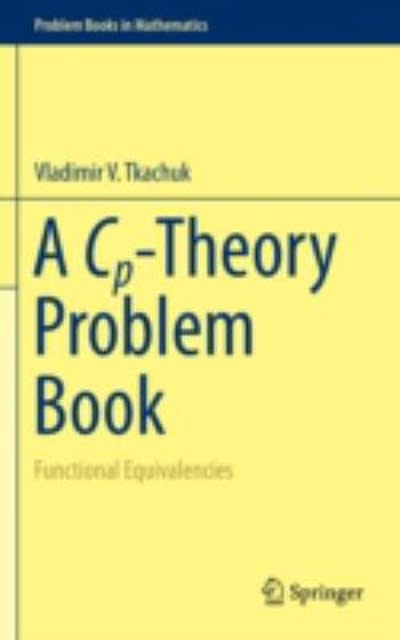Answered step by step
Verified Expert Solution
Question
1 Approved Answer
X, Y, Z independent X~Exponential(2), Y~Exponential(3), Z~Exponential(4). Find , (1) P(3X + 4Y + 5Z > 2) (2) E[(X+Y)^3] (3) E(max(X, Y, Z)) (4) P(X>Y|X>Z)
X, Y, Z independent
X~Exponential(2), Y~Exponential(3), Z~Exponential(4).
Find ,
(1) P(3X + 4Y + 5Z > 2)
(2) E[(X+Y)^3]
(3) E(max(X, Y, Z))
(4) P(X>Y|X>Z)
(5) E((2X+3Y+4Z)^3)
Step by Step Solution
There are 3 Steps involved in it
Step: 1

Get Instant Access to Expert-Tailored Solutions
See step-by-step solutions with expert insights and AI powered tools for academic success
Step: 2

Step: 3

Ace Your Homework with AI
Get the answers you need in no time with our AI-driven, step-by-step assistance
Get Started


